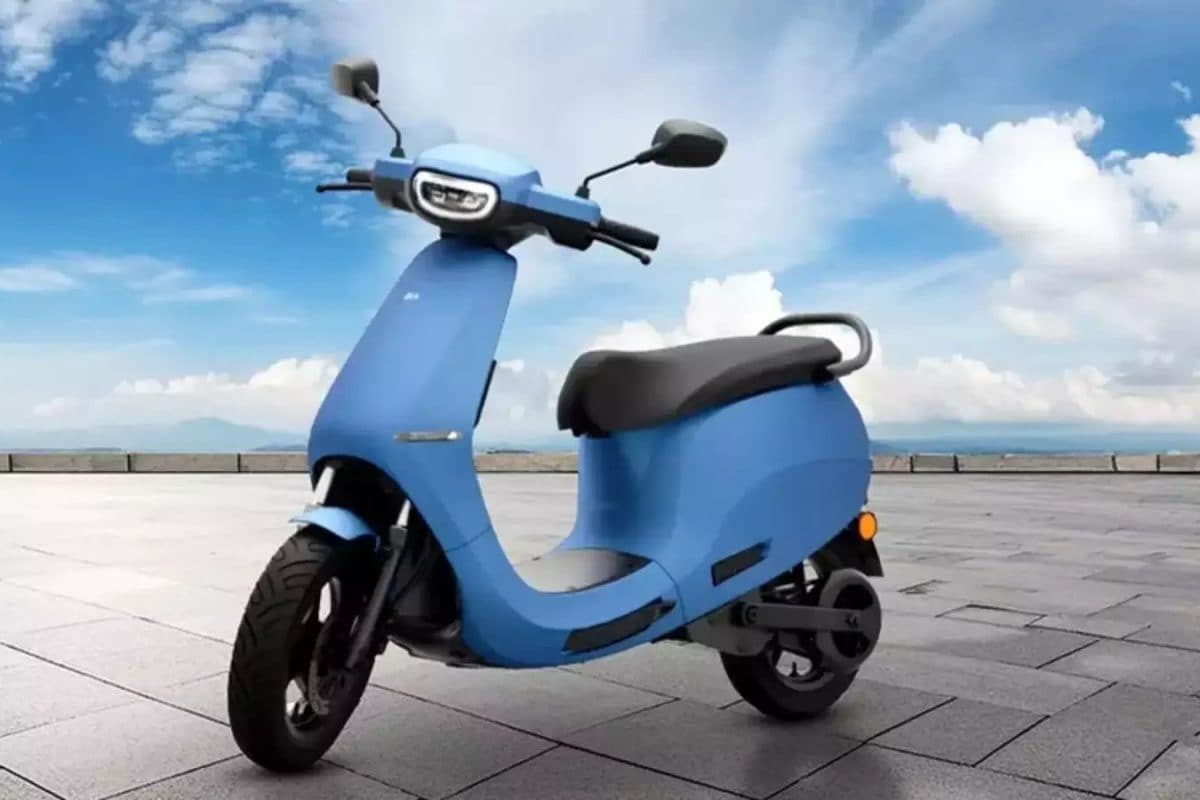

Ola Electric, the electric two-wheeler manufacturer, has reported a significant widening of its losses in the fourth quarter of fiscal year 2025. The company's consolidated net loss for the January-March quarter more than doubled to ₹870 crore, compared to a loss of ₹416 crore in the same period last year. Simultaneously, revenue from operations experienced a sharp decline, falling by approximately 62% to ₹611 crore from ₹1,598 crore in the corresponding quarter of the previous fiscal year.
For the full financial year 2025, Ola Electric's net loss amounted to ₹2,276 crore, an increase from the ₹1,584 crore loss reported in FY24. The annual revenue from operations also saw a decrease, dropping to ₹4,514 crore from ₹5,010 crore in the preceding year. This paints a picture of considerable financial challenges for the company, despite its efforts to maintain a leading position in the Indian electric two-wheeler market.
Several factors contributed to these results. Material procurement accounted for a substantial portion of the company's expenses, representing 33% of the total costs at ₹527 crore in Q4 FY25. Other significant expenses included employee benefits, advertising, and technical support, collectively pushing the quarterly burn rate to ₹1,598 crore. The increased losses in Q4 FY25 were attributed to a higher decline in sales.
Despite the concerning financial figures, Ola Electric leadership has expressed confidence in the company's future prospects. The company maintains that it is aiming for profitability in FY26 and is focused on scaling revenue and operating leverage to achieve sustainable profitability.
Ola Electric has emphasized its commitment to cost efficiency and profitability through initiatives like "Project Lakshya," which targets an operating cost structure of ₹110 crore for its auto segment. As of April 2025, costs were trending at ₹121 crore, but the company expects to reach its target by June 2025. The company has also stated that through initiatives like Project Lakshya and Project Vistaar, Ola Electric has brought down its auto segment EBITDA break-even point to below 25,000 units per month.
Moreover, Ola Electric has managed to maintain its market leadership position in the EV two-wheeler space. The company delivered 3,59,221 units in FY25, an increase from the 3,29,549 units delivered in FY24. This performance was supported by strong demand for its Gen 3 S1 scooter portfolio, enabling the company to capture a 30% market share, according to VAHAN data.
Looking ahead, Ola Electric has approved a plan to raise up to ₹1,700 crore through debt instruments. The company is also focused on improving its gross margins, reporting a 38% year-on-year improvement in FY25, with an additional 10 percentage point improvement in the first quarter of FY26 compared to Q4 FY25.
While Ola Electric faces financial headwinds, its leadership insists it is well-positioned to achieve profitability through strategic cost management, increased operational efficiency, and continued market leadership in the rapidly growing Indian electric vehicle market. The coming year will be crucial in determining whether these efforts can translate into improved financial performance and sustainable growth for the company.